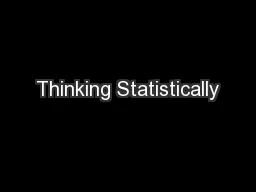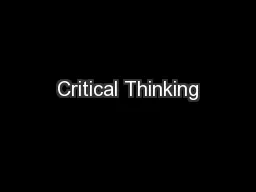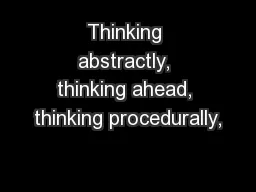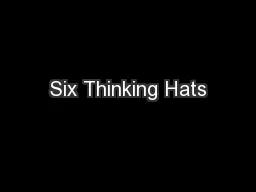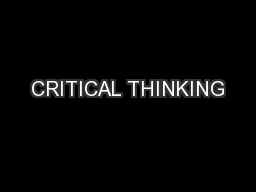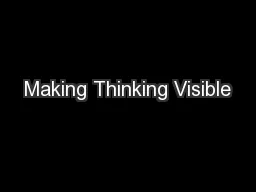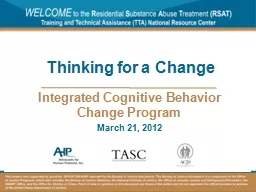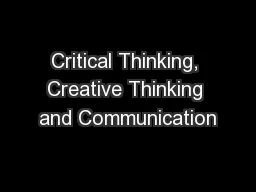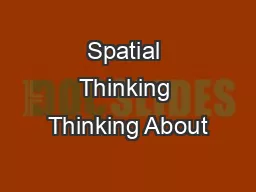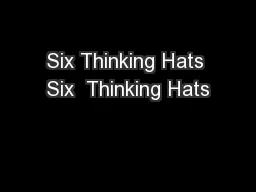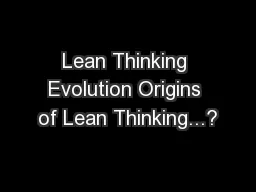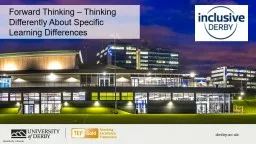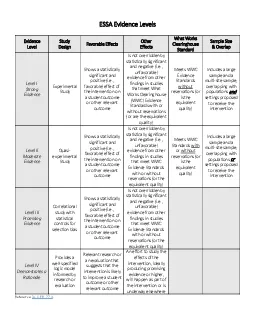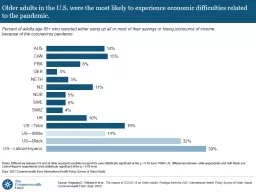PPT-Thinking Statistically
Author : mitsue-stanley | Published Date : 2017-11-03
What Counts and What Doesnt Thinking statistically c 2017 Stephen Senn 1 Acknowledgements This work is partly supported by the European Unions 7th Framework Programme
Presentation Embed Code
Download Presentation
Download Presentation The PPT/PDF document "Thinking Statistically" is the property of its rightful owner. Permission is granted to download and print the materials on this website for personal, non-commercial use only, and to display it on your personal computer provided you do not modify the materials and that you retain all copyright notices contained in the materials. By downloading content from our website, you accept the terms of this agreement.
Thinking Statistically: Transcript
Download Rules Of Document
"Thinking Statistically"The content belongs to its owner. You may download and print it for personal use, without modification, and keep all copyright notices. By downloading, you agree to these terms.
Related Documents

